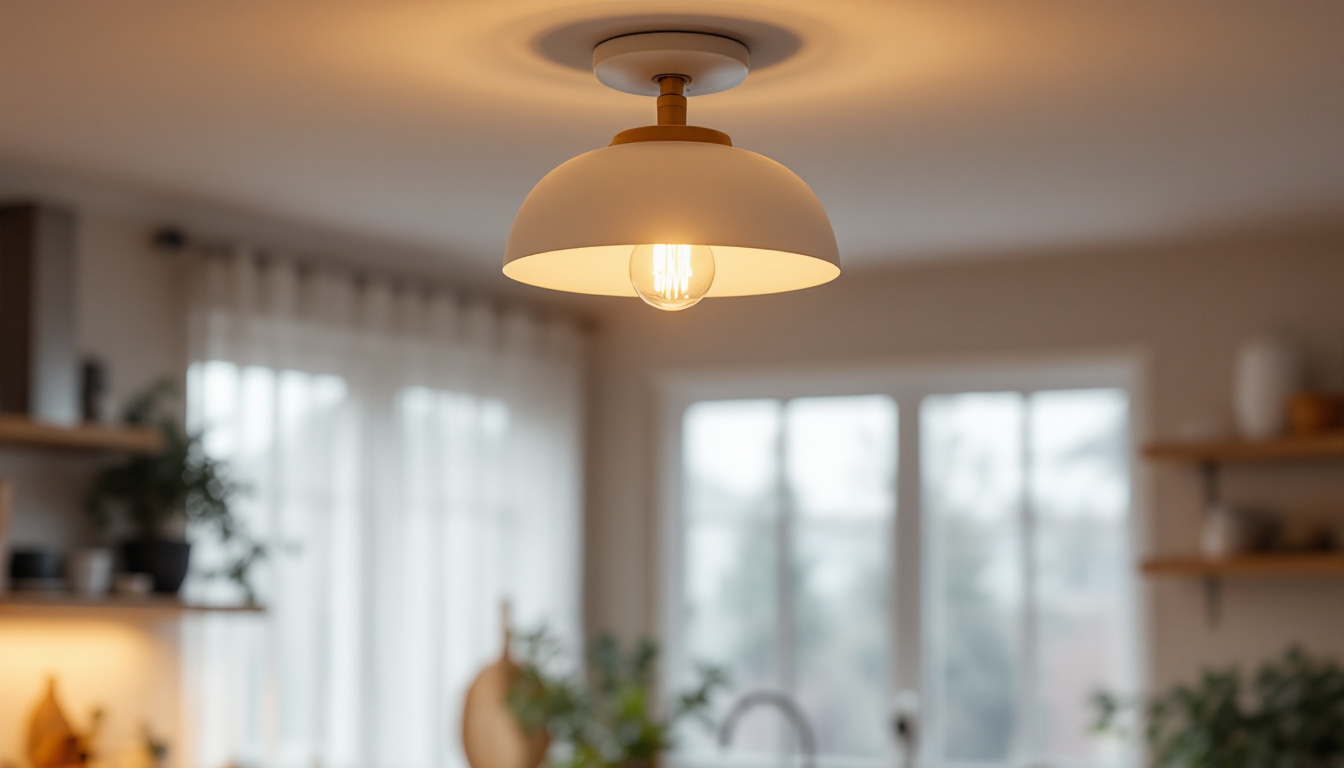
lighting contractors play a pivotal role in the design and installation of lighting systems. Among the various options available, LED strip lights have emerged as a popular choice due to their versatility, efficiency, and aesthetic appeal. However, despite their advantages, there are common issues that contractors may encounter when working with LED strip lights. This article explores four key areas where lighting contractors can avoid potential pitfalls, ensuring a smoother installation process and enhanced client satisfaction.
LED strip lights are flexible circuit boards populated with light-emitting diodes (LEDs) and can be used for various applications, from accent lighting to task illumination. Their compact size and flexibility allow them to be installed in tight spaces, making them an attractive option for both residential and commercial projects. The versatility of LED strip lights means they can be used in creative ways, such as under cabinets, along staircases, or even embedded in furniture, providing both functionality and aesthetic appeal.
However, the variety of LED strip lights available on the market can lead to confusion regarding specifications, installation methods, and compatibility with other systems. A solid understanding of these components is essential for contractors to avoid common issues. Additionally, the advancements in LED technology have led to innovations such as smart LED strips, which can be controlled via smartphone apps or voice commands, adding another layer of convenience and customization for users.
There are several types of LED strip lights, each designed for specific applications. Some of the most common types include:
Understanding the differences between these types will help contractors select the right product for their projects, minimizing the risk of dissatisfaction from clients. Furthermore, there are also waterproof LED strips available, which are perfect for outdoor installations or areas prone to moisture, such as bathrooms and kitchens. These strips are encased in a protective coating that shields them from water damage, ensuring longevity and reliability in various environments.
LED strip lights come in various voltage options, commonly 12V and 24V. It’s crucial for contractors to ensure that the power supply matches the voltage of the LED strips being used. Mismatched voltage can lead to underperformance or even damage to the strips. Understanding the difference between series and parallel wiring configurations is also essential, as it affects how the strips are powered and can impact the overall brightness and uniformity of the light output.
Additionally, contractors should calculate the total wattage required for the installation. Each LED strip has a specific wattage per meter, and exceeding the power supply’s capacity can result in flickering lights or complete failure. Proper planning and calculations can prevent these issues from arising. It’s also advisable to consider the use of dimmable power supplies, which can provide greater control over the lighting levels and enhance the ambiance of a space. This feature is particularly beneficial in settings where mood lighting is essential, such as restaurants or home theaters, allowing for a tailored experience that meets the needs of the users.
Proper installation is key to maximizing the performance and lifespan of LED strip lights. Following best practices can help contractors avoid common installation issues that may arise during the process.
Before installing LED strip lights, it is essential to prepare the surface adequately. Dust, grease, or moisture can hinder the adhesive backing of the strip, leading to premature peeling or failure to stick. Contractors should ensure that the installation surface is clean, dry, and free of any obstructions.
In some cases, using additional mounting options, such as clips or channels, can provide extra support and enhance the longevity of the installation. This is particularly important in high-traffic areas or locations where the strips may be exposed to physical contact. Additionally, selecting the right adhesive for the specific surface type can further improve the bond. For example, using a silicone-based adhesive on textured surfaces can offer a stronger hold compared to standard tape, which may not adhere well to uneven textures.
LEDs generate heat during operation, and if not managed properly, this heat can shorten the lifespan of the lights. Contractors should consider the thermal management of the installation, especially in enclosed spaces. Using aluminum channels or heat sinks can help dissipate heat effectively, ensuring that the LED strips operate within their optimal temperature range.
Moreover, ensuring adequate airflow around the LED strips can further enhance their performance and longevity. Properly addressing heat management can prevent issues such as color shifting, reduced brightness, or even complete failure of the LED strips. It’s also beneficial to monitor the ambient temperature of the installation area, as extreme temperatures can exacerbate heat-related issues. In environments where high temperatures are expected, implementing a cooling solution, such as small fans or vents, can be a proactive approach to maintaining optimal conditions for LED operation.
Electrical issues can pose significant challenges when installing LED strip lights. Understanding the electrical requirements and adhering to safety standards is essential for a successful installation.
Proper wiring is critical to the functionality of LED strip lights. Contractors should use appropriate gauge wire to handle the current load, ensuring that connections are secure and well-insulated. Poor connections can lead to voltage drops, flickering lights, or even fire hazards.
Additionally, it’s essential to follow the manufacturer’s guidelines for connecting multiple strips. Exceeding the recommended length for a single run can lead to uneven brightness and performance issues. Using connectors or soldering techniques can help maintain consistent performance across longer installations.
The power supply is a crucial component in any LED strip light installation. Contractors should carefully select a power supply that matches the total wattage requirements of the LED strips. It’s advisable to choose a power supply with a slightly higher wattage rating than the total load to account for any potential fluctuations.
Moreover, ensuring that the power supply is compatible with dimming options, if applicable, can enhance the versatility of the lighting system. Understanding the electrical requirements and selecting the right components can prevent a host of issues down the line.
Even with careful planning and execution, issues may still arise during or after the installation of LED strip lights. Being prepared to address these common problems can save contractors time and enhance client satisfaction.
Flickering lights can be a frustrating issue for both contractors and clients. This problem is often caused by inadequate power supply, poor connections, or voltage drops. To troubleshoot flickering lights, contractors should first check the power supply to ensure it meets the required wattage.
Next, inspecting the wiring and connections for any loose or damaged components can help identify the source of the problem. If the flickering persists, it may be necessary to consider using a higher quality power supply or adjusting the configuration of the LED strips.
Uneven brightness across LED strips can detract from the overall aesthetic of the installation. This issue can occur when strips are connected in series and the total length exceeds the recommended limit. To address this, contractors may need to divide the installation into shorter runs or use additional power supplies to ensure consistent brightness.
Additionally, ensuring that all strips are of the same type and brand can help maintain uniformity in color temperature and brightness. This attention to detail can significantly enhance the final appearance of the lighting system.
Effective communication with clients is essential throughout the installation process. Educating clients about LED strip lights and their maintenance can lead to a more satisfying experience and reduce the likelihood of issues arising after the installation.
Contractors should take the time to discuss the capabilities and limitations of LED strip lights with clients. This includes explaining factors such as brightness levels, color temperatures, and potential issues that may arise over time. Setting realistic expectations can help clients understand what to anticipate and reduce the likelihood of dissatisfaction.
Moreover, discussing the maintenance requirements of LED strip lights can empower clients to take proactive measures in preserving their lighting systems. Providing them with guidelines on cleaning and troubleshooting can foster a sense of ownership and responsibility.
Offering post-installation support can enhance client satisfaction and build long-term relationships. Contractors should be available to address any questions or concerns that may arise after the installation is complete. This not only demonstrates professionalism but also provides clients with peace of mind.
Additionally, offering maintenance services or check-ins can help ensure that the lighting system continues to perform optimally. This proactive approach can lead to repeat business and referrals, benefiting the contractor in the long run.
LED strip lights offer a versatile and efficient lighting solution for various applications. However, lighting contractors must navigate potential challenges to ensure successful installations. By understanding the types of LED strip lights, adhering to installation best practices, addressing electrical considerations, and maintaining effective communication with clients, contractors can avoid common issues and enhance their service quality.
Ultimately, a well-executed installation of LED strip lights not only meets client expectations but also elevates the overall aesthetic and functionality of a space. By investing time and effort into understanding and implementing best practices, lighting contractors can position themselves as trusted experts in the field, paving the way for future success.
Ready to elevate your lighting projects with the highest quality LED strip lights? Look no further than LumenWholesale. We provide lighting contractors with spec-grade lighting products that meet the highest industry standards, all at unbeatable wholesale prices. Say goodbye to local distributor markups and hello to superior lighting solutions that fit your budget. With our hassle-free bulk buying and free shipping, you can trust that you’re getting the best value without any hidden fees. Don’t compromise on quality or affordability. Visit LumenWholesale today to experience the perfect blend of quality, affordability, and convenience for all your lighting needs.

Discover how log cabin lighting fixtures not only enhance the rustic charm of your space but also significantly improve safety in lighting installations.

Discover how lighting contractors can enhance their projects with light fixture lens covers.

Discover expert insights with our quick tips from lighting contractors on choosing and installing semi flush kitchen lights.

Explore the transformative impact of replacing can lighting in modern interiors.